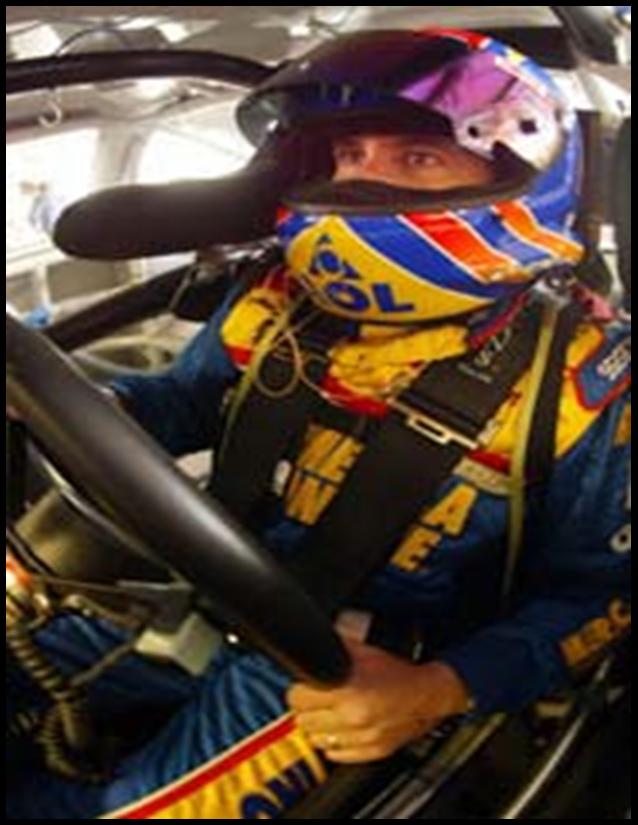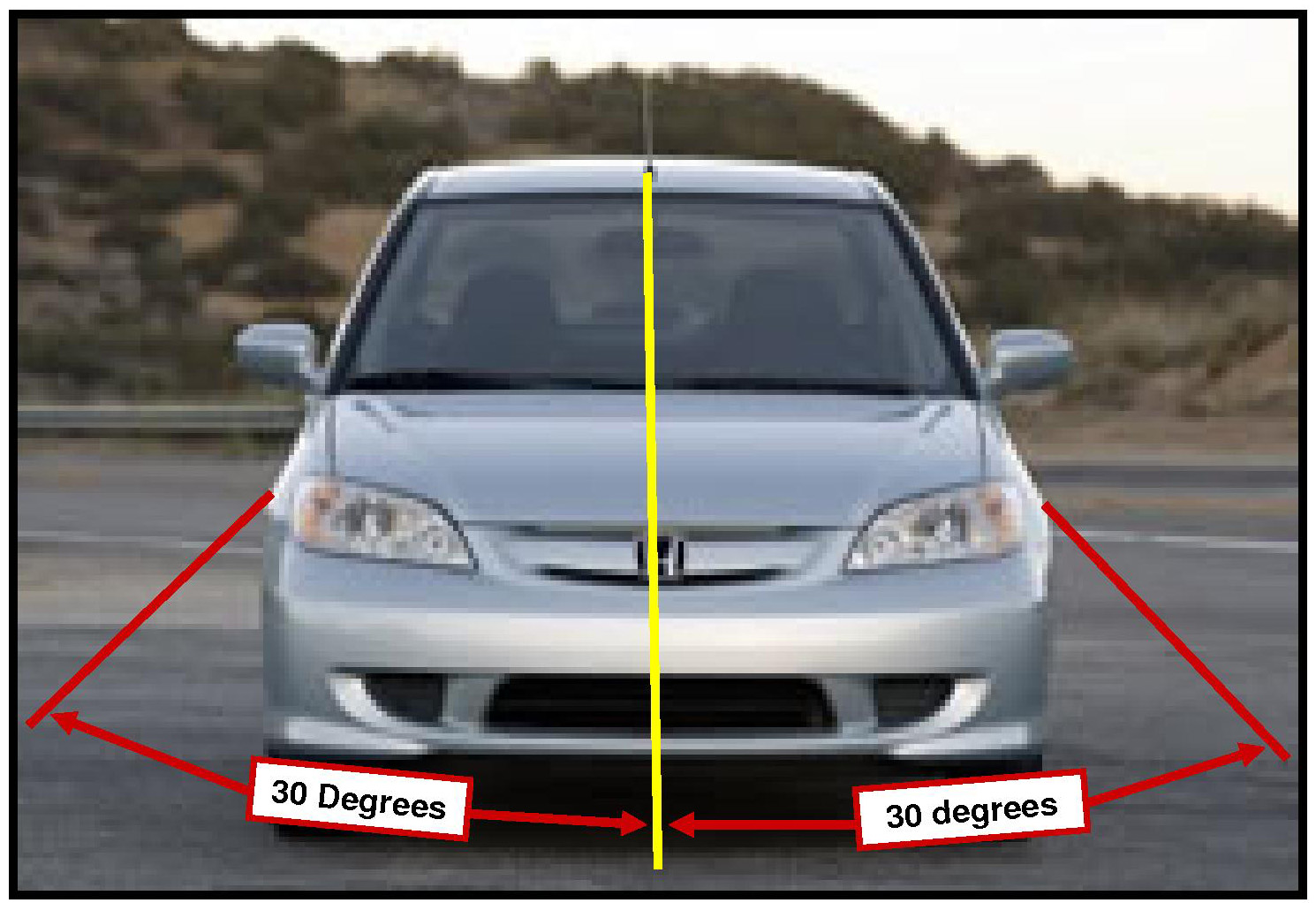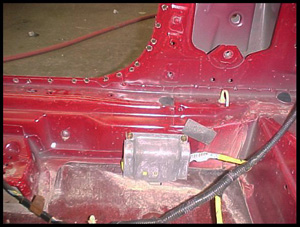|
In order to understand the dangers
that we face, emergency responders must first understand the purpose of these systems and how airbags
work.
What is the purpose of the airbag
system?
Manufacturers have many different names for their systems,
-
Supplementary Restraint System (SRS)
-
Air Cushion Restraint System (ACRS)
-
Supplemental Inflatable Restraint (SIR)
But, they all have the same purpose and operation.
Airbags are
supplemental restraints. Supplemental means they help another system, or they are secondary to another system. In this case
it is the seat belt. Though later airbags are required to be able to, airbags are not meant to be used without a seat belt;
in fact they can be very dangerous or even deadly without a seat belt.
Contrary to
what a lot of people think air bags are not made to stop you from lunging forward during a crash.
In a crash, let’s
say 30 mph, the car is moving 30 mph and your body is moving 30 mph along with it, if the car hits a wall and stops, not being
part of the car your body is still moving at 30 mph, causing you to lunge forward.
This is the
job of the seat belt, to hold you in place.
Have you ever
wondered how race car drivers have such horrible crashes and never get hurt?

Let’s look at a race car, with a five point harness the
driver is a stationary part of the seat. He can not move forward or backward, there is no slack in the harness, he is actually
a part of the car. Then look at the 200 mph crashes they walk away from without a scratch. Why? Because his body stopped at
the same time as the car did.
Now look at a passenger
vehicle: Who wants to be restrained that tight in a car on the city streets, or on a long trip? Our seat belts have some slack
in them; therefore not being a stationary part of the vehicle, we are going to lunge forward some what in a crash.
This is where
the air bag, or supplement, comes in.
The air bag
deploys at 200-300 mph, depending on the manufacture. From the time of impact to the time of full airbag deployment is from 21
to 27 milli-seconds. This means it is already fully deployed before your body ever lunges forward.

The idea is for the air bag
to be deployed, so fast that it is fully inflated, before your body is thrown forward. Then as you fall into the bag, it should
have already started to deflate. The bag then lowers you down at a slower speed and cushions you.


Frontal Airbags:
Being a frontal impact airbag, these will
only deploy in a front end type collision. The vehicle must be impacted either straight on, or within a 30 degree angle
from either side of the center line of the vehicle.
The first step in deploying an airbag is for the
system to realize that a crash has occurred. This is accomplished by crash sensors, there are many different types of sensors.
The earlier less complex ones were simply mounted near the bottom of the radiator support, at the front of the vehicle.
This area is respectfully known as the crash zone. The more complex sensors, called Micro- Machined Accelerometers are mounted
inside the control module, or airbag brain itself. These actually measure the speed and severity of the crash.
To understand how these work, you must first understand
what is meant by Deceleration.
Example: As we seen before, if your car is
running 30 mph, your body is also running 30 mph. If the car hits a wall and suddenly stops your body not being a part
of the car is still traveling at 30 mph. causing you to lunge forward. That sudden slowing of the car is called deceleration.
These sensors works on the same principle, The
sensor housing being part of the car, stops at the same time as the car but, the internal parts (like your body) are
still moving at 30 mph, causing them to lunge forward and contact an electrical switch completing the circuit.
This electrical impulse is then sent to a control
module, or airbag brain. The control module is simply a small computer that receives impulses from many sensors, sorts them
out, or decides which airbags to deploy, and sends an impulse to the appropriate destinations.
To prevent airbag deployment in small fender benders,
the control module can not deploy an airbag from this one signal. Every control module must receive
two or more impulses to deploy an airbag. This second impulse comes from the safety or arming sensor. This sensor is
usually mounted inside the vehicle and must experience a sudden deceleration just like the crash sensor.
Once the control module determines that we do have
a true crash, it will send an impulse to the inflater squib, or igniter. This igniter is an electrical unit that has a tiny
bridge wire, much like you see inside a car fuse. As the electrical currant travels through this wire, the extreme resistance
causes it to over heat, igniting the airbag propellant.

This propellant is Sodium Azide, the same type
of fuel used to send rockets into space. Sodium Azide is a rapidly burning fuel that puts off extreme amounts of nitrogen
gas. This nitrogen is then passed through filters and fills the nylon bag.
Depending on the manufacturer, these airbags will deploy between
200-300 mph, or from the time the car crashes to the time that the bag is completely full is approximately 15 milliseconds.
Less time than it takes to blink your eyes.
This allows the bag to be completely full before your body
is thrown forward. Then as you fall into the bag; the nitrogen begins to escape through tiny holes in the bag, lowering you
down and slowing your momentum. At the same time, the shape of the bag is distributing your weight over a wider area, softening
or cushioning your impact.
Many people are extremely frightened
by the deployment of an airbag, because of the smoke that fills the vehicle, thinking that the vehicle is on fire. It
is estimated that only about 2% of this is actually smoke from the airbag deployment. The cloud you see is talcum powder or
corn starch, used to keep the bag from sticking together while folded inside the module. This powder is harmless, though
it will irritate your eyes and respiratory system. Simply open the doors or windows to ventilate
the vehicle.
Another concern is the nitrogen. Nitrogen is totally harmless,
it normally makes up 78% of the air that we breath.
Other airbags, such as the passenger's or side
impact airbags, use a stored gas inflater rather than the chemically operated one. These contain a storage canister that is
filled with 3000-4000 psi of Compressed Argon Gas.
When the control module sends the impulse to the igniter, the
igniter melts a small bladder, much like a coke bottle cap, inside the canister. The argon is then allowed to escape,
filling the airbag.
Like the nitrogen, Argon is totally harmless.
Side impact airbags:
Like frontal airbags, side impact airbags must be impacted
from a certain angle.
The left side airbags will not deploy if the vehicle is
impacted on the right side and the right side airbags will not deploy if the vehicle is impacted on the left side.

These are operated by crash sensors the same as
the frontal airbags. These sensors are mount below or near the B post, or center post between the doors, and are independent
of the frontal airbags.
In a direct side impact the frontal airbags
will not deploy.

|

